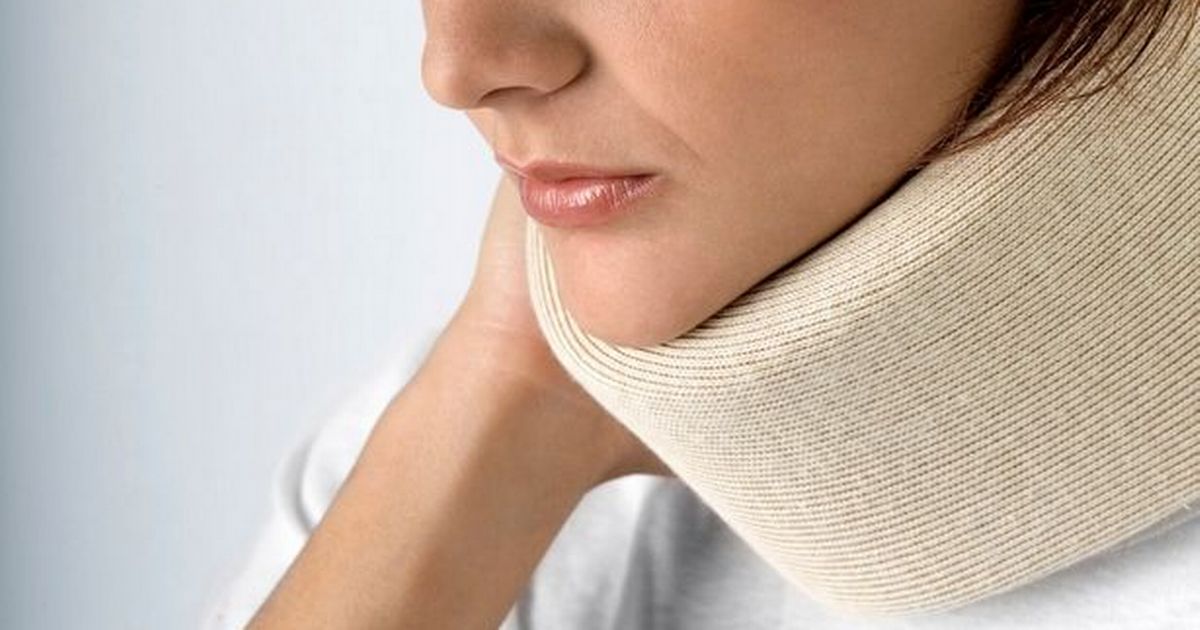Guide To The Causes Of Cervical Dystonia
Certain Injuries

Certain injuries may cause an individual to develop cervical dystonia. In cases where there's an underlying cause like an injury or neurological disorder, the condition is called secondary cervical dystonia. Injuries to the shoulders, neck, or head increase the likelihood of an individual developing cervical dystonia. This may be considered a kind of post-traumatic dystonia, which is dystonia that occurs after an injury or trauma to the affected body part. The most common injury leading to cervical dystonia is whiplash, which some individuals experience in car accidents or when suffering impacts at sporting events. Whiplash occurs when the head snaps quickly backward and forward in a way that causes muscle injury. If individuals suspect they have suffered a whiplash injury, they should have their neck evaluated to make sure no damage was done to their spine. It's important to be attentive during the rehabilitation process for an injury. If patients notice they're developing symptoms of abnormal tension or spasticity, they should talk to their doctor to see if there are ways to mitigate it.
Keep reading to reveal more information on what causes cervical dystonia now.